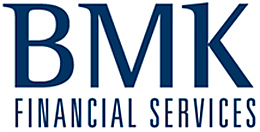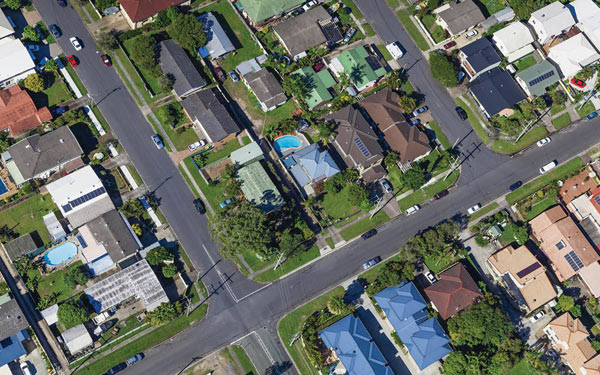Domain Group Senior Economist Dr Andrew Wilson says capital city house prices are set to grow by an average of 5% over the 2014/15 financial year, with Sydney and Brisbane leading the way.
Australia’s capital city housing markets have performed solidly through the winter of 2014 with the prospect of a generally robust spring selling season ahead.
House price growth will, however, be mixed over the remainder of 2014 and into 2015 as the waning effect of historically-low interest rates and underperforming local economies impact home buyer activity.
Housing revival in 2013-14
Low interest rates have been a key catalyst in the revival of housing markets over the 2013-14 financial year with the sharp improvement in affordability releasing pent-up demand and pushing up house prices in all major cities.
Over the past year, prices growth has however varied significantly between capitals with Sydney the clear leader, recording boom-time, decade-high results. Melbourne produced relatively strong house price growth while Brisbane, Adelaide, Perth, Hobart and Darwin all saw moderate outcomes. Canberra has been the clear national underperformer with flat prices growth recorded over the year.
Price growth has softened from the peak December quarter results and annual capital city performances for 2014 are set to converge to relatively similar levels.
2014-15 property outlook
Sydney and Melbourne will record significantly lower levels of house price growth over the 2014-15 financial year compared to the strong results of the previous year. As a consequence of underlying flat income growth, rising affordability barriers will act to generally constrain price growth capacity.
Meanwhile, Adelaide, Brisbane, Hobart and Darwin are set to record moderate house price over the 2014-15 financial year, producing similar results to the previous year.
Factors influencing the housing market
The performance of the national economy remains problematic with stubbornly high unemployment and low income and profit growth.
The likelihood of an improving international economy will bolster Australia’s economic prospects, however, the disparity between local multi-speed economies will continue to hamper housing markets exposed to higher levels of unemployment and lower growth.
The short-term outlook for interest rates is most likely to remain at current levels, however, the continued underperformance of the national economy will facilitate an outside chance of another rate cut by year’s end, particularly if unemployment keeps rising. Currently, there is no compelling macro case for a rise in official interest rates over the foreseeable future.
Regardless of lower interest rates, either through official cuts or intensifying competition amongst banks, the offsetting forces of declining economic activity and rising affordability barriers will act to generally moderate house prices growth.
For the 2014-15 financial year, capital city house price growth will peak over the spring period with buyer activity set to fade overall into 2015. Local prices are set to broadly increase between 3 and 6 per cent over the 2014-15 financial year.
Accordingly, the national house price will increase by 5 per cent over the 2014-15 financial year compared to the 10.3 per cent recorded over 2013-14.
 Contact Brad Lonergan (Financial Planner) for more information on Financial Planning, Cash Flow Management, Gearing and Home Loans
Contact Brad Lonergan (Financial Planner) for more information on Financial Planning, Cash Flow Management, Gearing and Home Loans
0423 621 120 or email at brad@bmkfs.com.au







